Picture this: You and your teenager are standing outside the cinema, popcorn in hand, getting ready to watch the latest blockbuster. It’s all excitement—until the receptionist spots the age rating and asks your child’s age. It’s awkward, it’s frustrating, and it happens more than you might think. The strict rules around age ratings in UK cinemas leave parents and teens asking, “Can I really take my 13-year-old to see a 15-rated film?”
Let’s break down the facts, discover why the rules are there, and what actually happens if you try to bend them.
What Does a “15” Rating Really Mean in the UK?
The age rating world can feel confusing at first glance, but it’s surprisingly clear once you know the basics. In the UK, the British Board of Film Classification (BBFC) is the gatekeeper for film ratings. BBFC’s main job? To help protect kids and teens from content that’s inappropriate for their age. They review every single film before it can be shown in UK cinemas, and decide what rating fits best.
The “15” rating means exactly what it says on the tin: no one under 15 is allowed to watch the movie, not even with an adult sitting right next to them. This isn’t just polite advice—it’s a legal requirement. The law says it’s illegal for a cinema to knowingly let anyone under 15 see a 15-rated film. And if you’re caught trying to sneak a younger child in, expect to be refused at the box office. Cinemas face fines or penalties for breaking these rules, so most stick to them like glue.
“But what if it’s just a couple of months before their 15th birthday?” Still a firm no. Even if your child turns 15 next week, they’ll need to wait for the big day. The legal line is strict and clear-cut. The BBFC website spells it out without room for doubt: “No one younger than 15 may see a 15 film in a cinema.”
What’s actually in a 15-rated film that makes this rule so important? The BBFC usually dishes out a 15 rating when there are things like strong language (think of swearing that goes well beyond everyday words), mature themes such as sex, drug use, graphic violence, or frightening moments. Of course, not every 15 film ticks all those boxes, but if it could make your 13-year-old uncomfortable or expose them to ideas they’re not ready for, that’s why the rating exists.
Some parents find the system frustrating, especially if their teen seems mature. But the system isn’t about making a statement on your parenting skills or your child’s maturity; it’s about creating a safety net for all kids and a clear standard for cinemas to follow.”
Here’s a real fact: Cinemas in the UK do get spot-checked, and well-known chain managers have shared stories of staff members being disciplined or let go for not following age restrictions. And yes, some films do get reclassified if there are lots of complaints or if the filmmakers appeal, but these cases are rare and well-publicized.
Something else you might not know: The 15 rating has actually existed since 1982—before many of today’s parents were even teens themselves. Before that, under-16s were sometimes able to watch films with pretty intense content. The 15 rating filled a gap, giving more protection to younger teens without the higher bar of the “18” rating.
So, when you or your child see that big “15” next to a film, think of it as a hard-and-fast stop sign. Save the ticket money for something you can both watch together—or plan a movie night at home if you really want to discuss a title you think your teen is mature enough to handle.
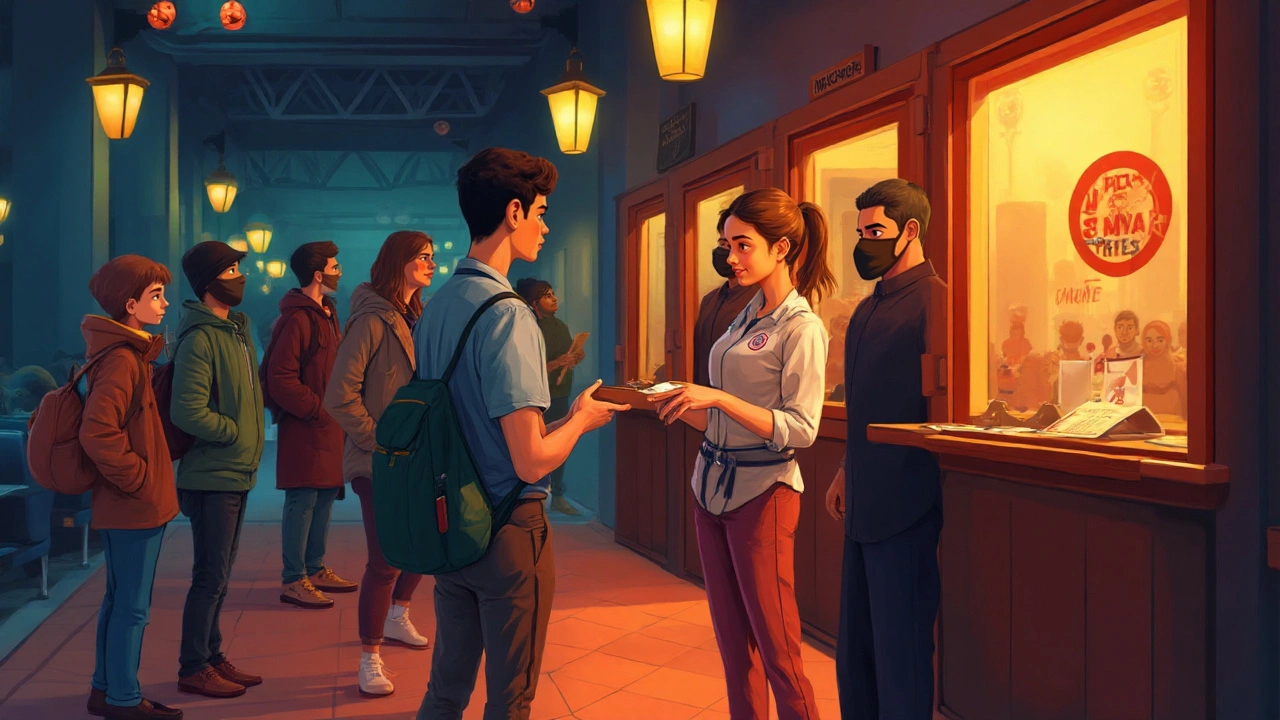
Real-World Cinema Experience: Can You Get Around the Rules?
It’s tempting to wonder if the rules are just “guidelines.” Maybe if you bought the tickets online? Or accompanied your teen in person? Nope—the UK’s cinema age restrictions are some of the strictest around. Even the biggest movie fan moms and dads will hit a brick wall if their younger teen tries to see a 15-rated flick.
Most cinema chains, big and small, train their staff to check for proof of age if there’s any doubt. Staff can ask for ID—anything official, like a passport, a citizen card (PASS hologram), or a student ID if it shows the date of birth. If your 13-year-old looks older, you might get lucky once in a blue moon, but it’s not just about appearances. If staff have any reason to believe someone is underage, they can refuse entry on the spot. No refund, no argument, end of story.
Trying to sneak in through another entrance? Don’t. UK cinemas usually have staff stationed inside as well as at the ticket desk, keeping an eye out for people in the wrong screening. It’s not like the movies where you can just “blend in.” Many cinemas now even use CCTV to double-check if there are complaints or for staff training, so the risk isn’t worth it.
How about buying the ticket for your child and then simply dropping them off? Sorry, same rule applies. If the staff spot their age or hear them chatting about school projects, they’ll probably ask to see ID. And, contrary to what you might have heard, there’s no “parental waiver” or permission slip that overrides this law. Even if both of you swear your child is emotionally mature, the answer from the staff will still be a firm no. “Parent/guardian whispers” or “I’ll walk in with them” aren’t enough for cinema rules.
If you’re thinking about bringing friends along, remember—if one member of your group is under 15, the whole group might get turned away. Some cinemas are strict enough to require ID for everyone if there's any doubt. It can be embarrassing to get denied after waiting in line, especially if it’s a birthday outing or a rare family treat.
Are there exceptions? There’s only one, and it’s rare: closed private events or charity screenings, where the venue has explicit permission to show a specific film to a specific audience, and the BBFC has signed off. You won’t find this as part of your everyday cinema schedule—it’s a special case, not a loophole for normal screenings.
If you think the film’s rating is too strict, you do have the right to send feedback to the BBFC. They review and sometimes even adjust old films if society changes its view on what’s “appropriate.” But for now, if it’s labelled “15”, the law backs the cinema. You’d have better luck looking up the same film later when it hits streaming and you can make your own call about homework, snacks, and skipping bits you’re not comfortable with.
This probably sounds strict, especially compared to the old days when cinemas were a bit more relaxed or didn’t check so hard. The rules tightened up after a few famous cases where young viewers were exposed to majorly inappropriate scenes by accident (the 1992 "Reservoir Dogs" incident at a London cinema comes up often in staff training examples). The BBFC wants to avoid repeats, and cinemas are careful—they know the risks aren’t worth the fines, negative press, or worse, a permanent loss of their license.
Here’s a pro tip: Most theaters post their rules on their website or in the lobby, so you can double-check before hitting “book now”. You’ll save yourself time, hassle, and that awkward walk back to the car with a disappointed teen.
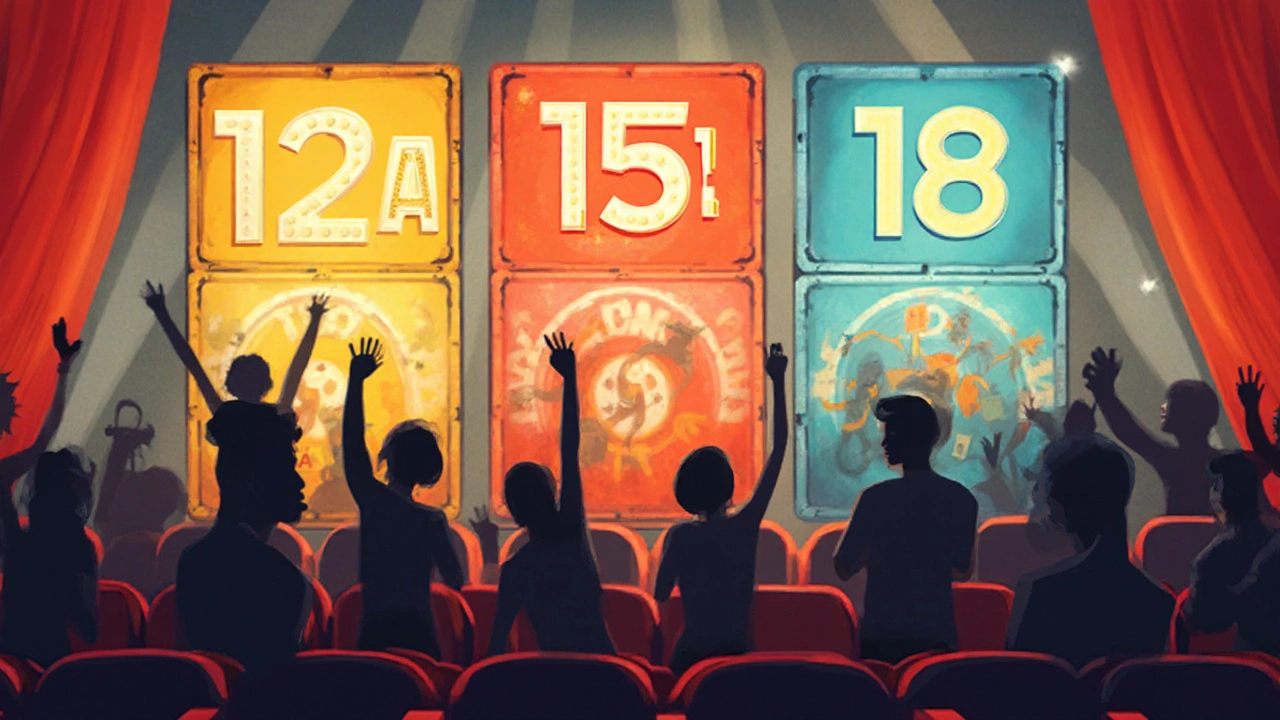
Tips, Alternatives, and the Future of Age Ratings
If you can’t catch that new 15-rated movie with your 13-year-old in cinemas, don’t worry. There are still lots of great options, plus some insider knowledge can help you make smarter choices for your family.
First off, check what’s available at ratings your child can legally watch—U, PG, 12A. U and PG are suitable for most kids, but the “12A” is a pretty interesting one: it means kids younger than 12 can watch the film, as long as they’re with an adult. That’s a huge difference from the hard stop of “15”, and gives you much more flexibility. If your kiddo is mature for their age, explore the 12A offerings—it’s the sweet spot for many families with tweens or young teens.
But what if your child really, really wants to watch a specific 15-rated film—maybe their favorite franchise, or a film everyone at school is talking about? The wait can feel endless, but use it to help them build patience and media literacy. It’s actually a great time for teachable moments. Talk about why the rating is there, what kind of content they might see, and how different kids react to the same scenes in wildly different ways.
Streaming services can be your friend once the wait is over. When a film’s home release comes out (usually about three months after the cinema run), you get more control as a parent. You can watch alongside your teen, skip tricky bits, or pause to talk over anything awkward. Netflix, Prime Video, Disney+, and Apple TV+ all let parents set PIN-protected content controls—so you can decide what’s appropriate for your household, not just what the cinema chain says.
Want to make the most of the situation? Suggest movie swaps with friends: “You pick tonight, I’ll pick next week.” You can dig into film history and discover loads of 12A or lower-rated classics that are just as funny, thrilling, or touching, and probably cost less than those cinema hot dogs.
Certain cinemas run “family-friendly” screenings, with adjusted sound, more light, and a relaxed atmosphere. Sometimes they even show older classics or slightly more mature films with careful edits. These are worth checking out, especially around holidays or big festival weekends.
A little-known trick: If your kid is just a few weeks away from their 15th birthday and dying to see a new 15-rated film, check if the cinema is running a delayed screening or “rewind night” closer to their birthday. Some chains repeat the biggest hits for latecomers or for those who missed the first wave.
Don’t forget libraries and community centers. They often loan DVDs for free or nearly nothing, and they’re good at recommending suitable films for whatever mood your tweens or teens are in. Plus, you’ll get to avoid the hassle of online debates about age restrictions!
On the legal and political side, there’s always chatter about whether age ratings should change as teens mature faster in the digital era. For now, the BBFC still stands firm. They review thousands of films each year to keep the rules up to date with what’s acceptable for each age group—but until the law changes, the restriction for “15” stands.
- Plan ahead—always check age ratings before promising a cinema trip.
- Save time and avoid drama by reading the cinema’s entry rules online.
- If you get turned away, try not to take it personally—staff are doing their job and keeping to the law.
- Check for delayed, repeat, or special daytime screenings as your child nears their next birthday milestone.
- Use streaming releases for more control and open conversations.
- Make movie nights at home an event with snacks, blankets, and maybe a new twist on popcorn (salted caramel and chili flakes, anyone?).
The bottom line: cinemas in the UK are strict with age ratings, and there’s no way to legally bring your 13-year-old into a 15 film—no matter how mature, tall, or persuasive they are. Focusing on what you can enjoy together in the meantime can actually open the door to some brilliant, bonding (and age-appropriate) film memories. And who knows? By the time that movie they’re dying to see is finally allowed, you might have inspired a lifelong movie buddy who's got a great head on their shoulders.
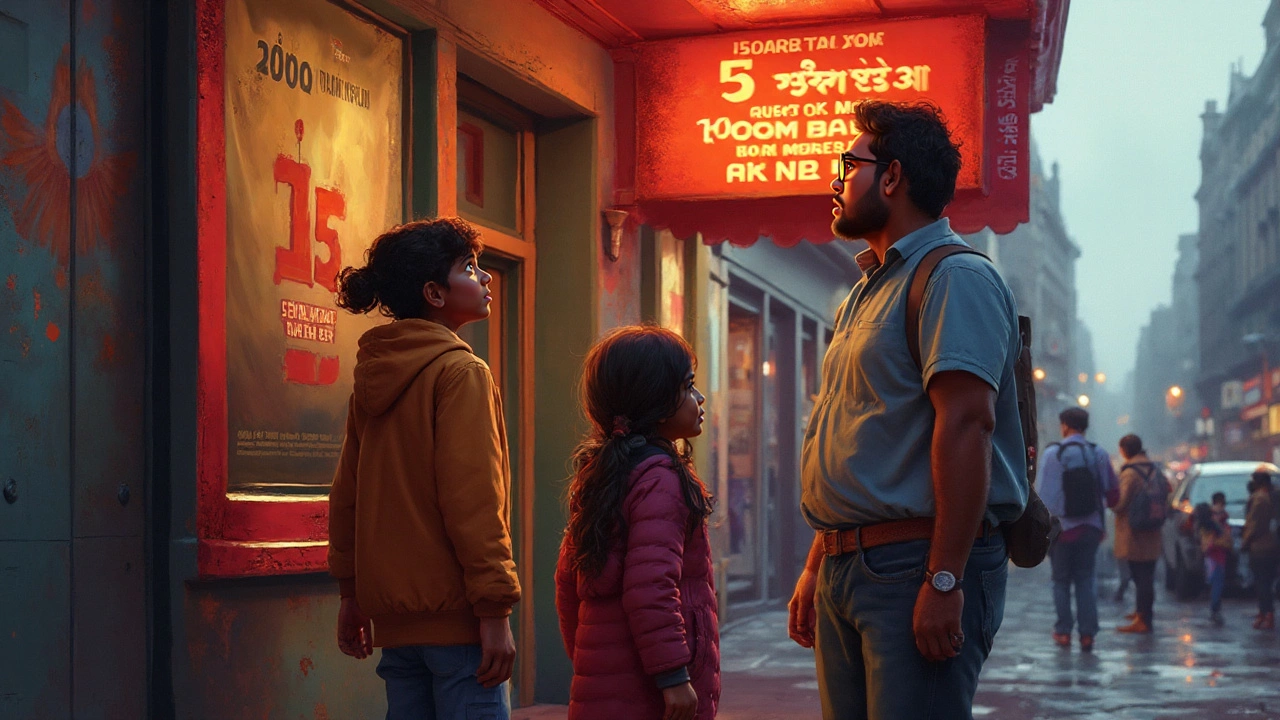

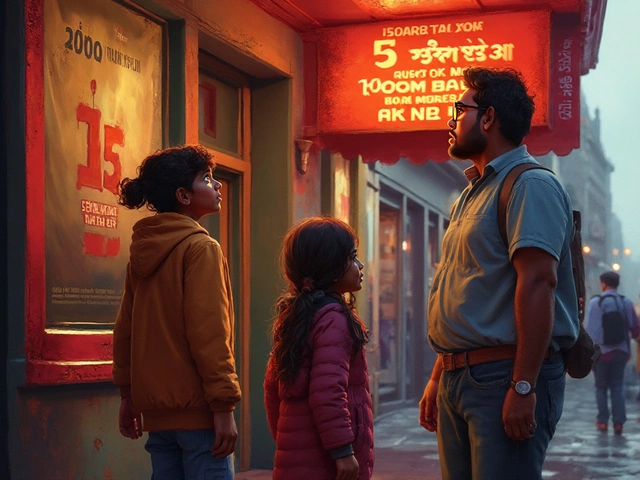

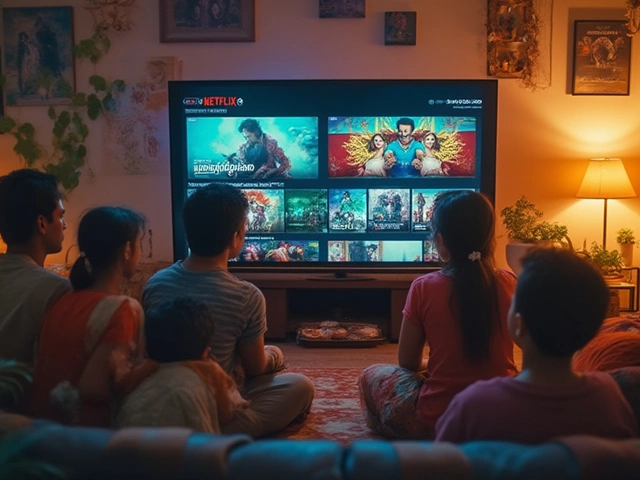
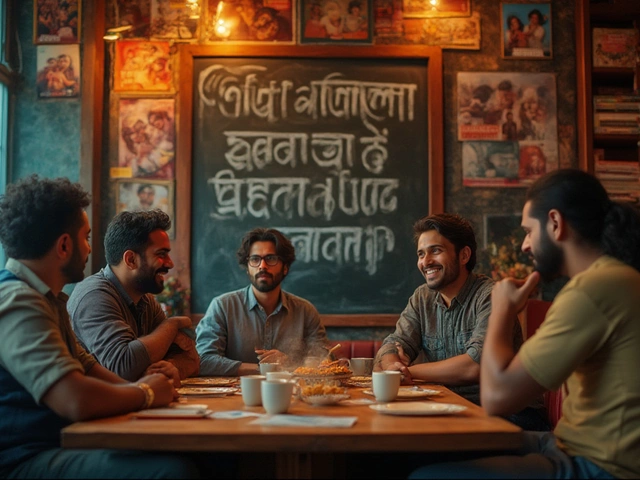
Post A Comment